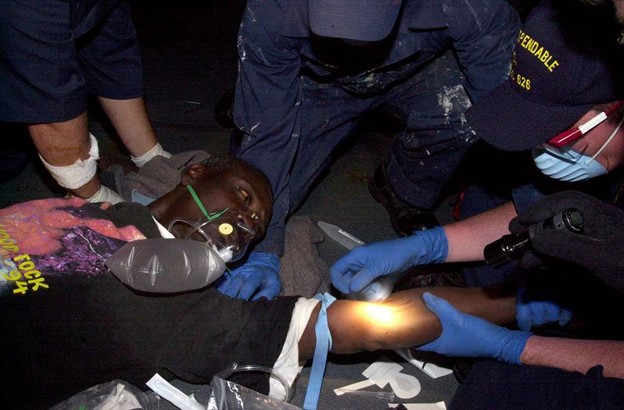Saving Lives Through Better Access to Overdose-Reversing Medications
The opioid crisis continues to cast a dark shadow over communities worldwide, causing countless preventable deaths each year. One of the most effective weapons in the fight against this epidemic is the timely administration of overdose-reversing medications like naloxone. By improving access to these life-saving drugs, we can make significant strides in reducing opioid-related fatalities and giving individuals a second chance at life.
The Scope of the Opioid Crisis
Opioid overdoses have reached alarming levels, with the Centers for Disease Control and Prevention (CDC) reporting that over 81,000 drug overdose deaths occurred in the United States alone in 2020. Opioids, particularly synthetic opioids like fentanyl, are the primary drivers of this crisis. The potency of these drugs makes overdoses more common and more deadly, underscoring the urgent need for effective intervention strategies.
What is Naloxone?
Naloxone, commonly known by the brand name Narcan, is a medication designed to rapidly reverse opioid overdoses. It works by binding to opioid receptors in the brain, displacing the opioids and quickly restoring normal respiration in individuals whose breathing has slowed or stopped due to overdosing. Naloxone can be administered via injection or nasal spray, making it accessible and easy to use even for individuals without medical training.
The Importance of Access
Despite its effectiveness, naloxone is not always readily available when and where it is needed most. Barriers to access include cost, lack of awareness, and stigma surrounding opioid use and addiction. Enhancing access to naloxone involves several critical steps:
- Policy Changes: Governments at all levels need to implement policies that make naloxone more accessible. This includes making it available over-the-counter without a prescription and ensuring it is stocked in pharmacies, community centers, and other public spaces.
- Education and Training: Public education campaigns can demystify naloxone and reduce the stigma associated with its use. Training programs for first responders, healthcare providers, and community members can ensure that more people are prepared to act in the event of an overdose.
- Distribution Programs: Community-based programs that distribute free or low-cost naloxone can reach vulnerable populations who might not otherwise have access to the medication. These programs often include outreach efforts that build trust and provide additional resources for addiction treatment and support.
- Integration with Healthcare Services: Incorporating naloxone distribution into routine healthcare services, such as during doctor visits or at the point of care for those with opioid prescriptions, can ensure that those at risk of overdose have the medication on hand.
Real-World Impact
The positive impact of increased naloxone access is well-documented. States and municipalities that have implemented broad distribution programs have seen significant reductions in opioid-related deaths. For example, a study published in the journal Addiction found that opioid overdose death rates decreased by 14% in communities with active naloxone distribution efforts.
Overcoming Stigma
One of the biggest challenges in increasing naloxone access is the stigma associated with its use. Many people view naloxone as enabling drug use, rather than as a critical life-saving tool. Changing this perception requires compassionate education that frames addiction as a medical condition deserving of treatment and support. By promoting a narrative of harm reduction and second chances, we can shift public opinion and foster a more supportive environment for those struggling with addiction.
To learn more, check out this summary from Health Direct.
By removing barriers, educating the public, and integrating naloxone into broader healthcare and community initiatives, we can save lives and offer hope to those affected by opioid addiction. As we work towards these goals, it’s important to remember that every life saved by naloxone is an opportunity for recovery and renewal.
It’s a fantastic idea also to incorporate supplements from the Asher Longevity Institute. By doing so, we can enhance your body’s overall health and well-being.




